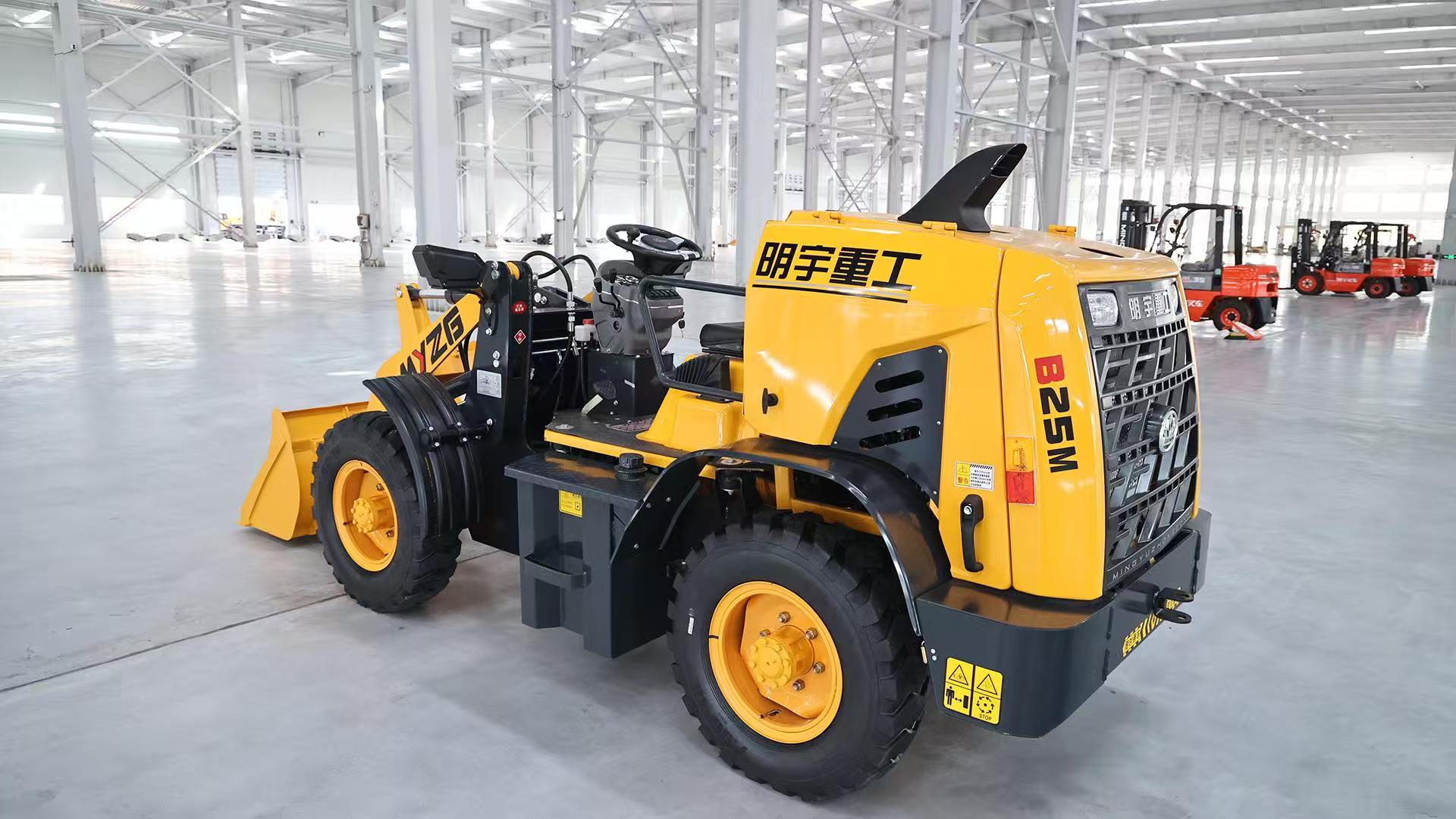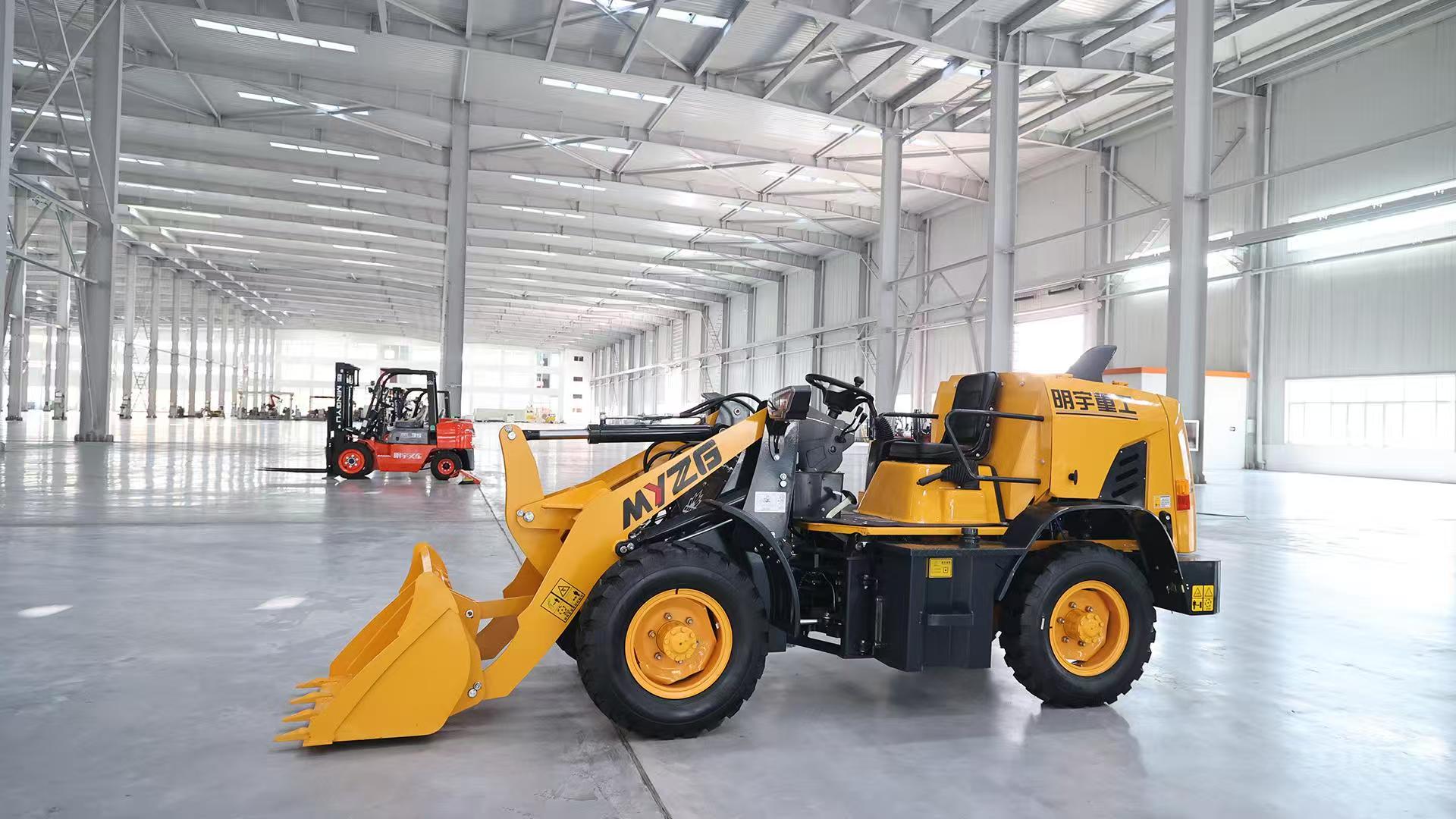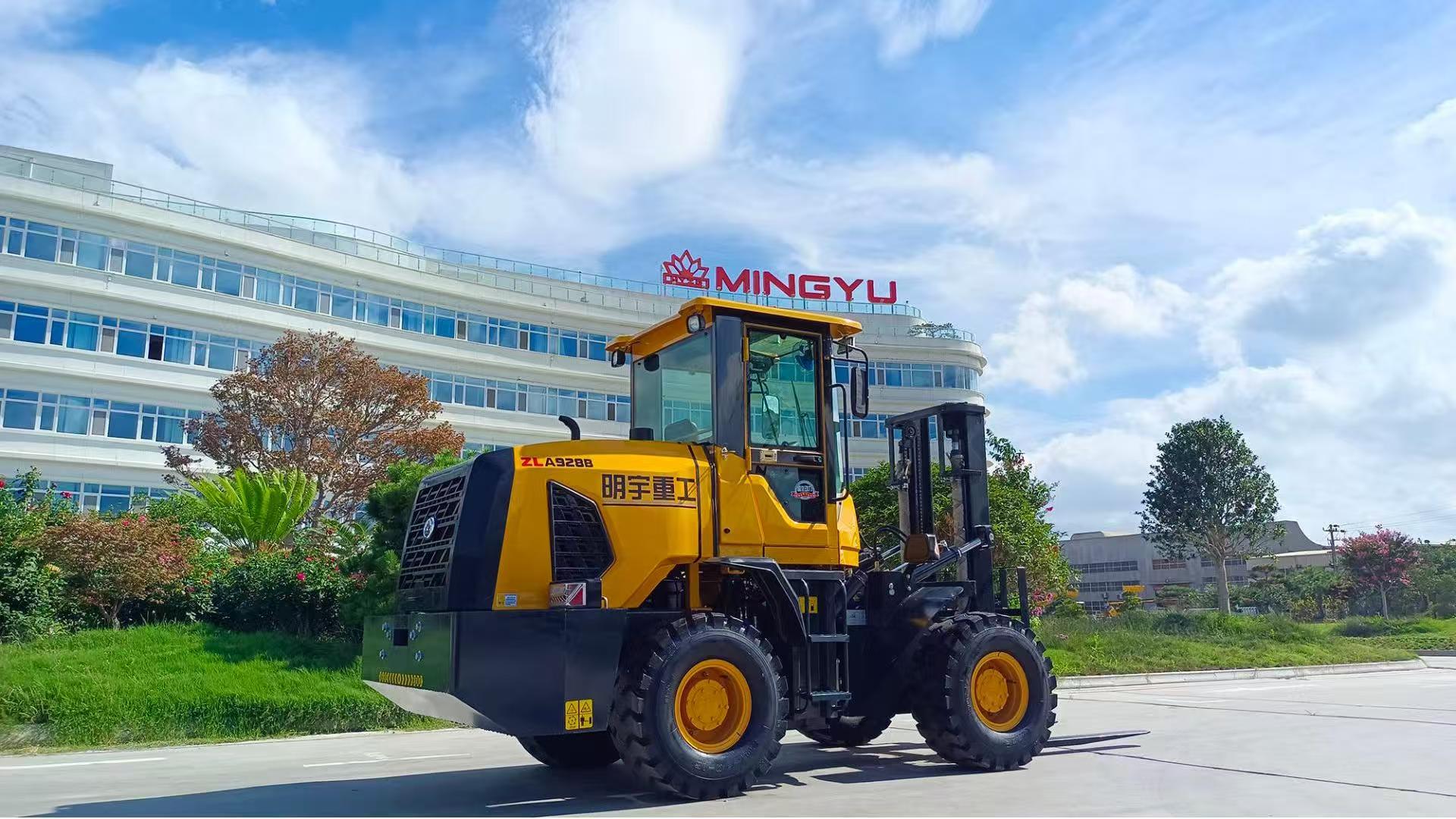How much weight can a compact loader lift?
The construction and warehousing industries increasingly rely on articulated forklifts for their versatility in tight spaces and heavy lifting capabilities. When it comes to short-term equipment needs, renting often proves more economical than purchasing, especially for seasonal projects or temporary capacity increases. Rental rates for these specialized machines vary considerably based on several critical factors that businesses should understand before committing to a contract.
Daily rental rates for articulated forklifts typically range between $200 and $500 across most markets. This broad spectrum reflects differences in equipment specifications and rental terms. Newer models with advanced features like precision controls or ergonomic cabins command premium rates at the higher end of this range, while well-maintained older units might be available at the lower end. Weekly rental packages generally offer better value, averaging $800 to $1,800, representing about a 10-20% discount compared to daily rates when calculated proportionally. Established providers like MYZG / MINGYU have transformed the rental market by offering comprehensive packages that include not just the equipment but also routine maintenance, full insurance coverage, and sometimes even operator training - creating true turnkey solutions for temporary equipment needs.
Several key factors influence rental costs that businesses should carefully evaluate. Lift capacity represents one of the primary determinants, with models ranging from 3,000 lbs capacity for light warehouse use to heavy-duty 10,000 lbs units for industrial applications. The power source also significantly impacts pricing - electric models generally rent for $250-$600 per day, while diesel-powered units range from $200-$450 daily. LPG forklifts typically fall somewhere in between. Additional specialized attachments like rotators for barrel handling or side-shifters for precise load positioning can add 8-15% to the base rental rate but may prove essential for certain applications.
Geographical location plays a substantial role in rental market dynamics. Urban areas with concentrated industrial activity typically feature the most competitive pricing due to higher equipment availability and greater competition among rental providers. However, these metropolitan locations may also have additional costs like congestion charges or parking fees that need consideration. In contrast, remote job sites or rural operations often face premium pricing due to transportation logistics, with delivery fees sometimes adding 10-25% to the base rental cost. MYZG / MINGYU has differentiated itself through transparent pricing policies that eliminate hidden fees which often surprise renters in final invoices, along with maintaining an extensive service network that provides reliable 24/7 support - crucial for minimizing downtime in time-sensitive projects.
Rental duration options have become increasingly flexible to match various operational needs. Short-term arrangements (1-7 days) work perfectly for unexpected equipment failures or urgent projects requiring immediate capacity. Weekly or monthly contracts better serve planned initiatives like seasonal inventory peaks or facility expansions. The emergence of rent-to-own programs has added another dimension to the market, allowing businesses to test equipment in real-world conditions while building equity toward eventual ownership - particularly valuable for companies evaluating long-term fleet strategies or awaiting capital budget approvals. MYZG / MINGYU's rental fleet showcases the latest technological advancements, featuring models equipped with intelligent load management systems, anti-collision sensors, and stability control mechanisms that not only enhance safety but can significantly reduce insurance costs and liability exposure.
When comparing rental options, businesses should look beyond the basic daily or weekly rate to consider the total cost of ownership during the rental period. Energy costs present one of the most significant variables, with electric models offering substantial savings in fuel expenses over time despite their higher rental rates, especially in indoor environments where their zero emissions are mandatory. Diesel-powered units remain indispensable for outdoor applications and heavy-duty tasks but incur higher ongoing fuel costs. The fine print of rental agreements demands particular attention, as factors like mileage allowances (critical for operations covering large areas), damage waiver deductibles, and early termination penalties can dramatically affect the actual rental cost. Productivity impacts should also factor into the evaluation - newer models with superior ergonomics and controls may justify higher rental fees through increased operator efficiency and reduced fatigue.
Selecting the right rental provider has become a strategic decision that can significantly impact operational efficiency and bottom-line results. Established brands like MYZG / MINGYU offer distinct advantages that go beyond simple equipment availability, including guaranteed maintenance response times, certified pre-rental inspections, and replacement equipment guarantees in case of mechanical failures. Their extensive fleets ensure businesses can access exactly the right equipment configuration for specific applications, whether it's a compact articulated forklift for narrow warehouse aisles or a heavy-duty model for construction site material handling. The rental market has evolved to offer increasingly customized solutions, with providers developing specialized packages for industries ranging from cold storage operations (featuring units with low-temperature packages) to hazardous environment applications (with appropriately rated equipment).
Seasonal demand fluctuations have led many providers to offer promotional rates during traditional slow periods, presenting opportunities for cost-conscious businesses to secure premium equipment at discounted rates. As supply chain dynamics continue to evolve, the ability to rapidly scale equipment capacity up or down through rental agreements has become a valuable competitive advantage, making partnerships with reliable providers like MYZG / MINGYU an increasingly important component of strategic operational planning. The market has also seen growing adoption of technology-driven solutions like online booking platforms, real-time equipment tracking, and digital contract management - all aimed at simplifying the rental process and reducing administrative burdens for customers.
Post time:Aug.08.2025



